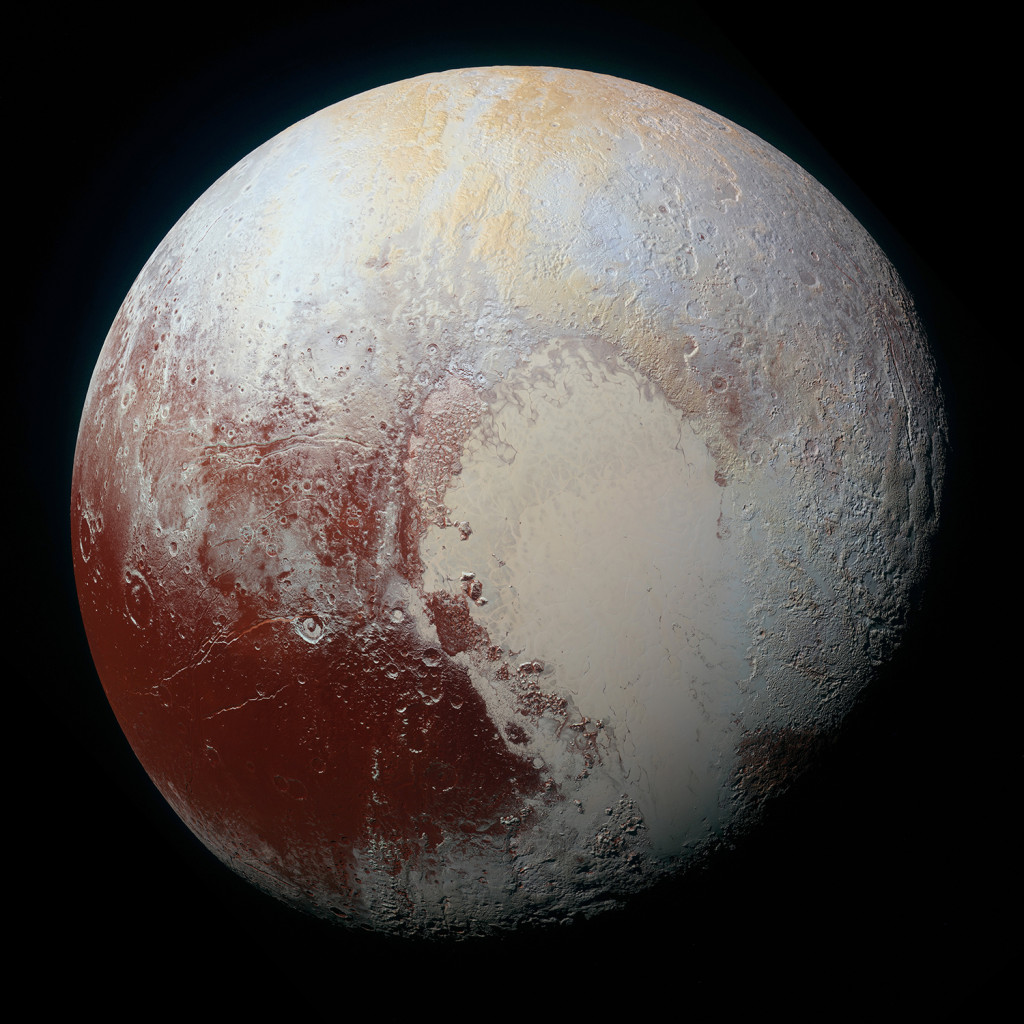After the triumph of technology that led a spacecraft to Pluto, David Trilling turned to the foundational pillars of science—observation and curiosity—to propose that a major feature of the minor planet is less than 10 million years old.
In a paper published in PLOS ONE, Trilling explains his conclusion that the surface of an area on Pluto informally known as Sputnik Planum has an age range far less than the solar system’s 4.5 billion years.
When images of Pluto produced by the New Horizons spacecraft were released, the Northern Arizona University associate professor of astronomy saw the same feature that surprised many others: a lack of detectable craters over a large area.
“I used public data from NASA’s own web pages,” Trilling said. But his personal twist was the formulation of an equation to demonstrate his idea.
“My primary assumption is how often Pluto is impacted,” Trilling said, adding that there is enough observable information from various telescopic surveys of the outer solar system to make a reasonable estimate of impact frequency.
“The approach is pretty straightforward but it leads to the surprising result that that part of Pluto must be very young compared to the age of the solar system,” Trilling said. “Somehow, that part of Pluto is getting resurfaced, and no one really understands how or why.”
Trilling suggests three possible explanations for why no craters appear in that icy region: viscous relaxation, convective overturn, and cryovolcanism. Each involves processes of movement in the ice that lead to larger questions about resurfacing activity on Pluto and other bodies in the outer solar system.
NASA is considering an extended mission for the New Horizons spacecraft to visit another Pluto-like object even farther out in the solar system; that encounter would happen at the beginning of 2018. Trilling is excited about possible further data from the outer solar system.
“If other bodies out there are covered with craters, then there’s something special about Pluto,” Trilling said. “If they aren’t, then there’s something evolutionary going on that we don’t understand yet.”



